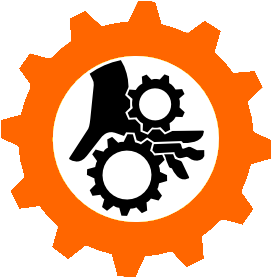

it is some global anomaly that couple of biggest companies are essentially running on ad revenue (especially facebook and google)
wouldn’t it make more sense if that title went to company that is, idk, in food or construction or energy or mining business








chatbots really are leaded gasoline for zoomers